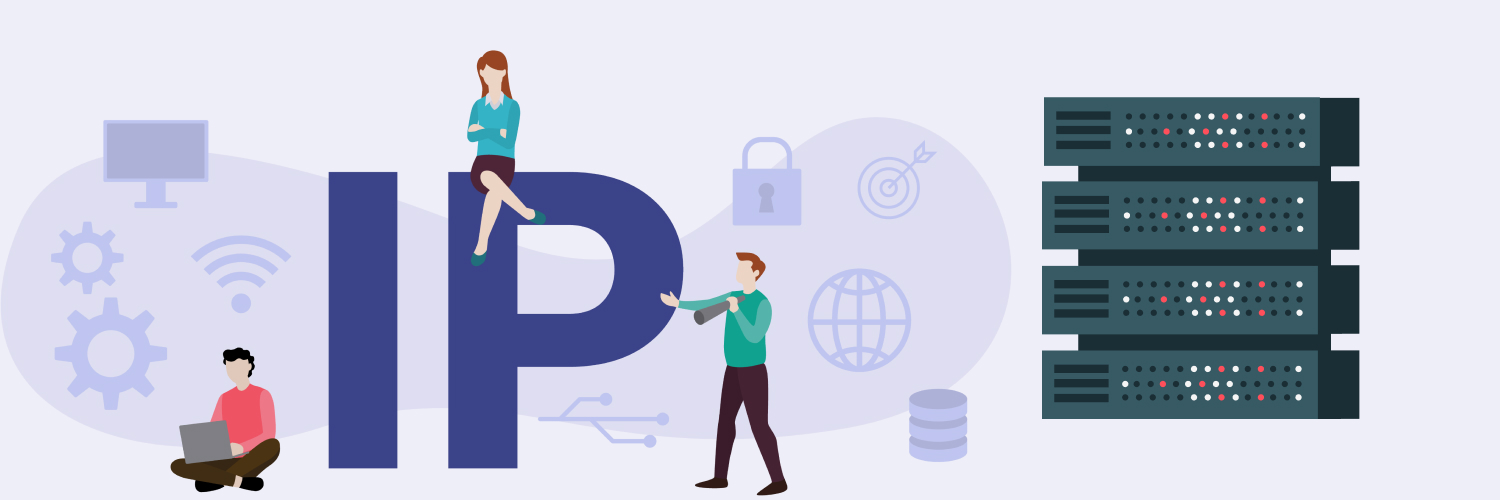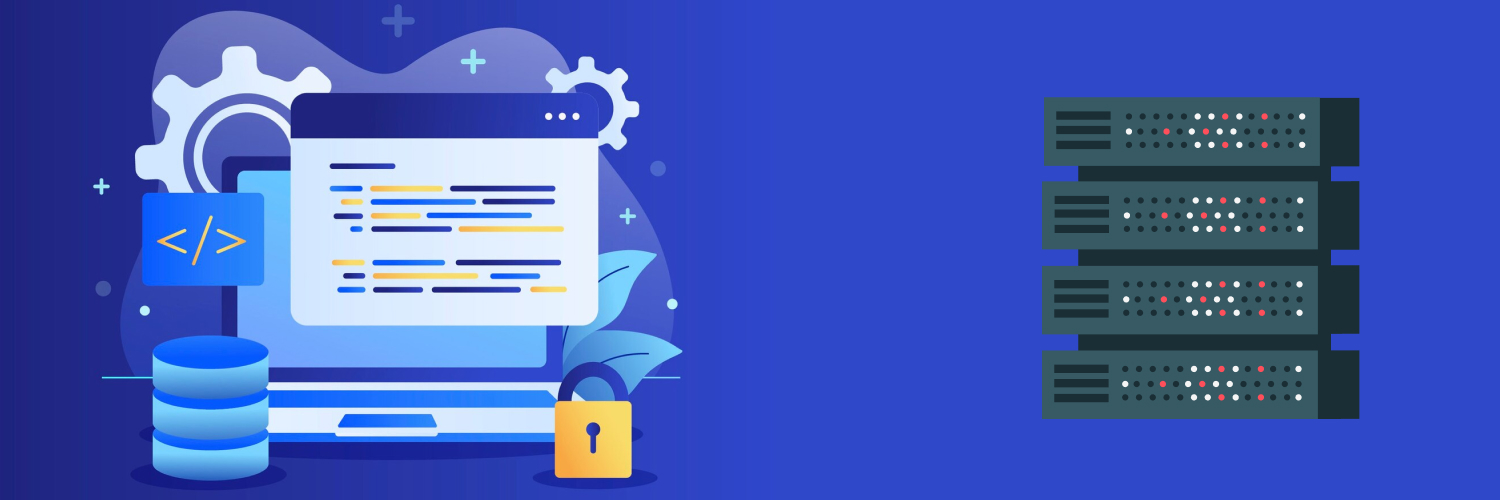2024 Guide To Large Language Models (LLMs): Data Collection Techniques And Best Practices
Artificial intelligence (AI) is everywhere. From virtual assistants like Siri and Alexa to customer service chatbots to recommendation engines on your favorite streaming platforms, it’s a part of our daily lives. It’s also reshaping various industries, from healthcare to education to agriculture. Large language models (LLMs), in particular, are revolutionizing how many people learn and work. But what are LLMs, and how does a large language model work?
Our 2024 guide to LLMs aims to help readers learn large language models to better understand their capabilities. In this guide, we’ll discuss what these models are, how they work, and what their capabilities are, including understanding, generating content, and problem-solving. We’ll also reveal some data collection strategies that drive these algorithms to create content like humans would by feeding their knowledge, behavior, and abilities.
Large Language Model Meaning

Large language models (LLMs) refer to advanced AI models designed to understand, generate, and process human language at an enormous scale. These models, often based on deep learning techniques like transformer architectures, utilize massive amounts of data and computational power to learn patterns, relationships, and nuances within language.
LLMs excel in various language-related tasks such as:
- Generating text
- Answering questions
- Translating text
- Summarizing longer text works
- Analyzing sentiments
Large language models work by processing and learning from colossal datasets to develop contextual understanding, allowing them to generate coherent and contextually relevant text. These models continually evolve as we input more data, which allows their language comprehension and generation abilities to become increasingly sophisticated. Large language models have found applications in diverse fields, from improving search engines and virtual assistants to aiding content creation and automating tasks across industries.
Are large language models machine learning?
Large language models are a form of machine learning. They fall under the umbrella of AI, specifically under the broader category of natural language processing (NLP). LLMs utilize machine learning techniques, often using deep learning architectures like transformers, to process and understand language.
Large language model software learns patterns, relationships, and structures within language by analyzing vast amounts of text data. Through iterations and exposure to extensive datasets, they refine their ability to generate, comprehend, and manipulate language in various contexts.
The training process for large language models involves feeding them massive volumes of text data and adjusting their parameters using techniques like unsupervised learning. This allows the model to learn the statistical properties of language and develop the ability to generate coherent and contextually relevant text based on the patterns it has learned from the data.
In a 2023 study titled Larger language models do in-context learning differently, researchers found that the larger the language model, the more nuanced and contextually sensitive its in-context learning becomes. These larger models showed improved comprehension and generation abilities when performing NLP tasks.
Are large language models generative AI?
Large language models belong under the generative AI category. These models possess the capability to generate human-like text. They do this based on the patterns and structures they learn by absorbing extensive datasets during their training.
Generative AI refers to artificial intelligence systems that create new content, whether it’s text, images, music, or other forms, that is original and not directly copied from the input data. LLMs, such as Generative Pre-trained Transformer (GPT) models like ChatGPT, demonstrate their generative capabilities by creating coherent and contextually relevant text based on the prompts or cues we give them.
When we prompt them with a sentence or phrase, large language models generate responses or continuations that are novel and can resemble human-written text. The generative nature of large language models allows them to perform tasks such as task completion, summarization, story generation, and more. These abilities make LLMs valuable tools in various applications that require creative language generation.
How Do Large Language Models Learn?

Large language models (LLMs) learn through a process called unsupervised learning using large amounts of mainly text data. They use transformer architectures, like the GPT models, which consist of layers of neural networks designed to process sequential data, such as language.
During their training phase, developers expose large language models to vast datasets from diverse sources like books, articles, websites, and more. They learn the statistical patterns, relationships, and nuances within this data, which allows them to build an understanding of language structures, semantics, and context.
Transfer learning from large language models
Transfer learning (TL) involves using knowledge gained from one task or domain to improve learning or performance in another related or different area. It’s like applying previously learned information to new but similar situations to enhance understanding or skill in a more efficient manner.
Transfer learning plays an important role in LLM training. Initially, large language models are pre-trained on a large and diverse dataset in an unsupervised training stage. This phase involves learning general language patterns and information without specific task-oriented guidance. Once they are pre-trained, LLMs undergo specific task-oriented training on smaller, specialized datasets that relate to particular tasks, such as translation, summarization, or answering questions. This fine-tuning process allows large language models to adapt their learned knowledge to excel in specific tasks using the generalized knowledge they gained during pre-training.
Transfer learning from large language models enables quicker and more effective learning in specialized tasks, as these models already possess a broad understanding of language from their pre-training phase. This approach minimizes the need for extensive training on smaller datasets for each individual task, making the models more adaptable and efficient in various real-world applications.
Large language models and differential privacy
Differential privacy is a privacy-preserving concept that aims to protect individual data points in a dataset while still allowing for meaningful analysis. When training large language models, researchers can apply the differential privacy framework to mitigate the risk of exposing sensitive information that may be present in the training data. The goal is to train the model in a way that protects sensitive data by preventing the model from memorizing specific details within individual data points.
Let’s break down how differential privacy applies to training LLMs.
- Noise injection. During the training process, researchers calculate gradients for each training example. Gradients represent the direction and magnitude of changes they need to make to update the model’s parameters for better performance. They then inject noise, which means random variation, into these gradients. Instead of using the exact gradients they calculated from the data, the model uses perturbed gradients.
- Noisy gradient aggregation. The researchers aggregate the noisy gradients from individual training examples to update the model’s parameters. This aggregation helps prevent any single training example from overly influencing the model.
- Privacy budget. Differential privacy introduces the concept of a “privacy budget,” which quantifies the level of privacy protection. A smaller privacy budget provides stronger privacy guarantees. Researchers can fine-tune the privacy level by adjusting such parameters as the amount of noise they add to the gradients and the overall privacy budget.
- Post-processing. After training, researchers may opt to apply additional privacy-preserving techniques. For example, they can add noise to the model’s final outputs.
- Model architecture. Developers can design the architecture of the model itself to minimize the risk of learning too specifically from sensitive details in the training data.
What Can Large Language Models Do?

Large language models are powerful tools that can perform a wide range of tasks involving natural language understanding and generation. Here are some of the capabilities of large language models.
1. Text generation
LLMs can generate coherent and contextually relevant text based on a user-given prompt or input. This includes creative writing, content generation, and so on.
2. Language translation
Large language models can translate text from one language to another with reasonable accuracy. They do this by using the patterns and context they learned during the training process.
3. Text summarization
Large language models can summarize long pieces of text, such as articles, books, and research studies, by extracting the most important information and presenting it in a concise form. They can even assist in research by interpreting complex text, such as scientific or legal jargon, and explaining it in a more easily understandable way.
4. Answering questions
These models can answer questions based on the information provided in a given context. By doing this, they demonstrate their learned comprehension and reasoning abilities.
5. Acting as conversational agents
Developers can use LLMs to build chatbots and virtual assistants that are capable of engaging in natural language conversations with users.
6. Sentiment analysis
Large language models can analyze text to determine the sentiment it expresses, whether it’s positive, negative, or neutral.
7. Programming
LLMs can generate code snippets based on natural language descriptions. This makes them useful for assisting in programming tasks.
8. Text-based games
These models can create or enhance text-based games by generating dynamic and context-aware storylines.
9. Language comprehension
Large language models possess the ability to understand and interpret the meaning of text, which makes them useful for a variety of NLP tasks.
10. Content filtering
LLMs can perform content moderation tasks by identifying and filtering out inappropriate or harmful content.
11. Knowledge retrieval
Large language models can retrieve information from their training data, providing answers to factual queries or serving as a knowledge base.
12. Interactive storytelling
Large language models can create interactive storytelling experiences by responding to user input and dynamically shaping the narrative. Some models, such as Character.AI, are specifically trained to participate in roleplay scenarios.
Large Language Models: Data Collection Techniques

Training large language models involves collecting vast and diverse datasets. But how do developers obtain this data? There are multiple ways to go about this.
Web scraping
Web scraping involves extracting information from websites. Researchers use automated tools, such as Rayobyte’s Web Scraping API, to crawl the web and collect text data from a wide range of sources. Doing so creates a diverse dataset that reflects the breadth of human knowledge available online.
Books and literature
Large datasets often include text from books, articles, and other literary works. These sources contribute to the model’s understanding of language and context because they cover a broad spectrum of topics and writing styles.
News articles and blogs
News articles and blogs reflect current events, opinions, and diverse writing styles. Including such data helps LLMs stay relevant and understand language nuances writers may use in different contexts.
Academic papers
Incorporating content from academic papers helps large language models grasp specialized knowledge across various domains. This technique enhances the model’s ability to understand and generate content related to specific fields.
User-generated content
Social media platforms, forums, and other user-generated content sites are valuable sources for diverse language patterns. Collecting data from these platforms helps the model understand informal language, slang, and internet-specific communication styles.
Common Crawl datasets
Common Crawl is a nonprofit organization that crawls the web and provides its archives and datasets free of charge. LLM researchers can use Common Crawl to access a massive and diverse collection of web pages.
Open source texts
Texts from open-source projects, documentation, and collaborative platforms are another dataset source. By including code snippets and technical documents, researchers can help the model understand programming languages and technical jargon.
Multilingual corpora
Training large language models on multilingual datasets enhances their ability to understand and generate content in multiple languages. This involves collecting text in various languages to create a more versatile language model.
Best Practices for LLM Data Collection

When collecting datasets to train large language models, it’s important to abide by certain best practices that promote diversity, quality, and ethical considerations.
- Collect data from a wide range of sources to ensure diversity in topics, writing styles, and domains. This helps the LLM generalize well across different contexts.
- Ensure the dataset is a representative sample of the target user base or application. This includes diverse representation in terms of language, culture, and perspectives to avoid bias.
- Thoroughly preprocess and clean the data to remove irrelevant information and potential bias, improving the data quality and helping the model focus on relevant patterns.
- Be mindful of ethical considerations related to data privacy and consent. Apply the differential privacy framework to your data.
- Continuously monitor and update the dataset to reflect changes in language use, emerging topics, and societal shifts, keeping the LLM up-to-date.
- Split the dataset into training, validation, and evaluation sets. This allows researchers to assess the model’s performance on unseen data and helps identify potential overfitting or generalization issues.
- Depending on the application, include domain-specific data to enhance the large language model’s understanding of specialized fields, such as medicine, law, or other technical domains.
- Foster collaboration within the research community and promote transparency in data collection methodologies. This promotes responsible AI development, facilitates the collective improvement of LLMs, and helps address potential bias.
- Comply with copyright laws and terms of use for your data sources. Obtain necessary permissions to use proprietary or copyrighted content.
Final Thoughts

Now that you’re familiar with what large language models are, how they learn, and what they can do, you’re better equipped to embark on your own journey to collect data and begin training your own LLM. Web scraping with our partner, Rayobyte’s Web Scraping API, is a fast, efficient way to collect the big data you’ll need — and to do so ethically. At Rayobyte, we offer the world’s most reliable proxies, including web scraping proxies, which can provide the boost your web scraping efforts need to collect the most up-to-date, reliable, diverse datasets.
Contact Rayobyte today, or start your free proxy trial.
The information contained within this article, including information posted by official staff, guest-submitted material, message board postings, or other third-party material is presented solely for the purposes of education and furtherance of the knowledge of the reader. All trademarks used in this publication are hereby acknowledged as the property of their respective owners.






